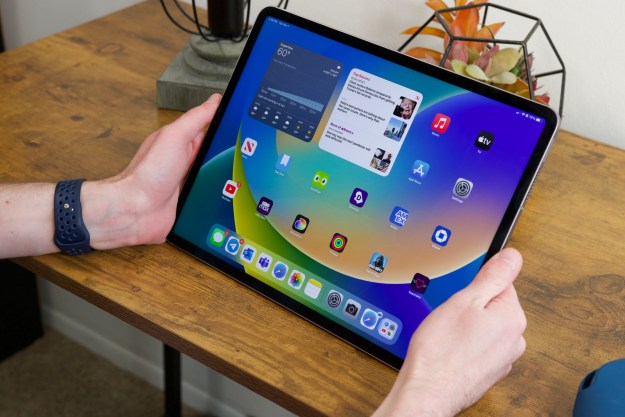Now that we’re apart more often than we’re together, smartphone battery life has taken on new importance. If your smartphone’s battery dies, your ability to communicate with friends and family — and therefore your social life — goes with it, or at least is paused until you can recharge your phone. Pick up a charging case or a power bank and you can ensure your phone battery never dies — and keep your social life on course too.
Of course, charging cases and power banks may not always operate exactly as their specs or marketing would suggest. While a typical power bank or charging case might come with an advertised capacity of 20,000mAh, this doesn’t mean that it can recharge your Motorola Edge Plus or Samsung Galaxy S21 Ultra exactly four times. In practice, its real (i.e., transferrable) capacity is likely to be around two-thirds of this, meaning that it can recharge a smartphone with a 5,000mAh battery only twice (or two and a half times) before needing a charge itself.
In this article, we explain how exactly charging cases and power banks work. Most importantly, we provide a general rule of thumb for estimating how much real power they actually have, so that you have a more realistic idea of what to expect from your power bank or charging case. Hopefully, this should help your phone live a longer, fuller life.
Battery and power bank capacities explained

Power banks are basically portable batteries for your smartphone. If your iPhone or Android is running low on battery power, you can use a power bank to recharge it. As such, they’re great if you travel often or are on the go frequently.
However, a 20,000mAh power bank does not mean you can transfer exactly 20,000mAh to your smartphone in a single charge. In practice, your phone will get less out of your power bank than 20,000mAh. In general, your power bank can transfer around two-thirds (66%) of its own battery power to your
Reason 1: Power banks output at 3.7 volts, while due to USB technical standards, smartphone batteries charge at 5 volts. This creates an imbalance between the output of the power bank and the input of your phone.
For example, if your power bank has a capacity of 20,000mAh, multiplying this by 3.7 will reveal that it has total energy — as measured in mWh — of 74,000mWh. However, it will need to output at 5 volts to charge a smartphone, so dividing 74,000mWh by 5 — to convert back into mAh — will equal a
That said, in practice, your 20,000mAh power bank won’t even provide a total smartphone battery charge of 14,800mAh, because there is one more factor that reduces its real total output.
Reason 2: Inefficiency in the charging process also means that 20,000mAh of power bank charge equals noticeably less than 20,000mAh of smartphone battery charge. For instance, electrical resistance in the USB cable can reduce the total amount of energy transferred to your
In total, inefficiency can be expected to reduce your power bank’s transferrable energy by around 10%. If your 20,000mAh power bank can be assumed to have 14,800mAh of real, transferrable power, inefficiency will mean that it actually has 13,3200mAh of power it can transfer to your phone in total.
As a result, a 20,000mAh power bank can actually charge a 5,000mAh smartphone around 2.66 times before needing a recharge itself. Of course, this figure will vary according to your power bank or phone, so expect more recharges depending on whether you have a bigger power bank and/or a phone with a smaller battery. In general, as we’ve said above, multiplying your battery’s capacity by 3.7, dividing it by 5, and reducing it by 10% will give you a rough estimate.
Charging cases

Much the same goes for charging cases. They also output at 3.7 volts, while, again, smartphone batteries input at 5 volts, due to USB requirements. When combined with the inefficiency factor, they end up actually providing around 66% of their advertised charge.
That said, they may be slightly less inefficient than power banks, since they don’t require the use of cables and can instead plug directly into your phone. On the other hand, due to size constraints, their batteries are generally smaller than those of power banks, so you’re likely to get less juice out of them overall.
Editors' Recommendations
- Apple just released iOS 17.4. Here’s how it’s going to change your iPhone
- If you really want to, here’s how to cheat in Words With Friends
- Google is launching a powerful new AI app for your Android phone
- iOS 17.3 will give your iPhone a much-needed security upgrade
- It’s finally happening — your iPhone is getting RCS in 2024




